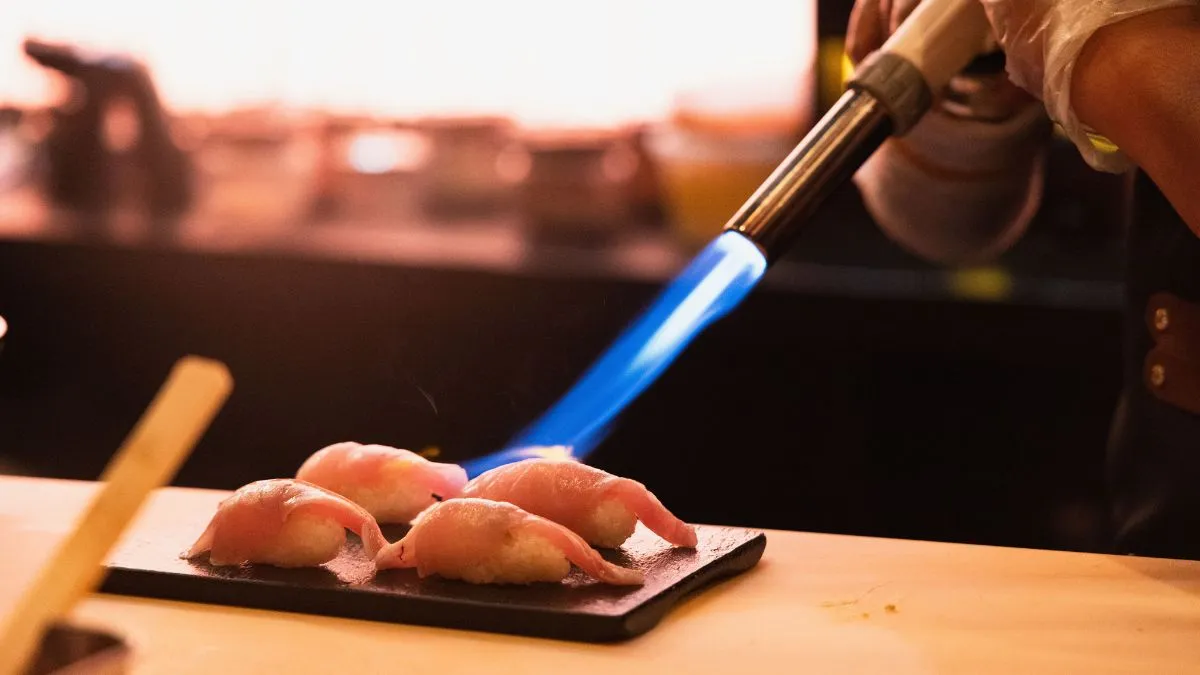Beyond the Seared Surface Lies a Burning Risk
Chefs’ torches, those seemingly innocuous tools wielded by culinary artists to add a touch of caramelization or char, might be harboring a secret danger. While the aesthetic appeal of a beautifully browned crème brûlée or a perfectly blistered skin on a pepper is undeniable, the potential health risks associated with these fiery instruments should not be overlooked.
Chemical Residue – A Lurking Threat:
The primary concern lies in the chemical residues left behind by the burning fuel. Butane and propane, the most common fuel sources for chefs’ torches, are known to release unburned hydrocarbons and soot particles when incompletely combusted. These residues, while considered safe in small amounts, can impart unpleasant flavors and odors to food. Moreover, excessive exposure to soot particles can pose a carcinogenic risk.
MAPP gas, a more potent fuel used for high-temperature applications, raises further concerns. It can release carbon monoxide, a highly toxic gas with potentially fatal consequences if inhaled.
Beyond the Flame – Other Hazards to Consider:
Beyond the chemical residues, chefs’ torches present other potential dangers:
- Burns: Improper handling and accidental contact with the flame can lead to severe burns, particularly for inexperienced users or those with limited dexterity.
- Fires: The open flame poses a significant fire risk, especially in kitchens with flammable materials or insufficient ventilation.
- Uneven Cooking: The intense heat of a torch can easily overcook delicate foods, leaving them dry and burnt.
- Loss of Nutrients: Excessive heat can destroy valuable nutrients naturally present in food, diminishing its nutritional value.
Alternatives for a Safer Culinary Experience:
While chefs’ torches offer a dramatic visual effect, they come at a potential cost to health and safety. Fortunately, several safer alternatives exist to achieve similar results:
- Grilling: Grilling over high heat can provide a similar caramelization and charring effect as a torch, without the risk of chemical residues or burns.
- Broiling: Broiling utilizes intense heat from above to achieve browning and caramelization, offering a safer alternative.
- Searing pan: Searing food in a very hot pan can create a similar effect, while maintaining greater control over the cooking process.
A Call for Caution:
Chefs’ torches, while undeniably appealing tools, should be used with caution and awareness of their potential risks. By opting for safer alternatives whenever possible and employing proper safety measures, aspiring chefs and home cooks can enjoy the benefits of these tools without compromising their health and well-being. Remember, a beautifully presented dish is only truly delicious when it’s safe to eat.
Shayne Heffernan









